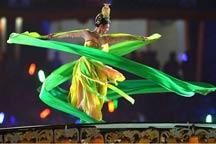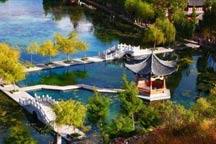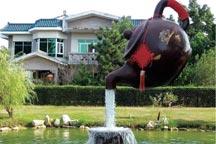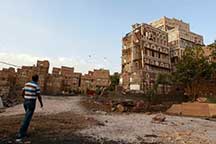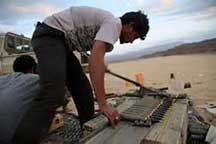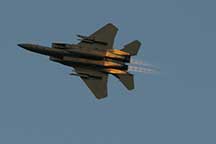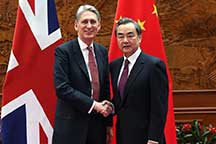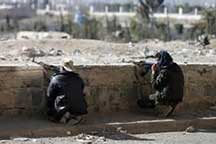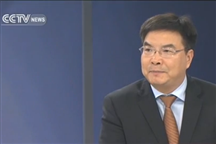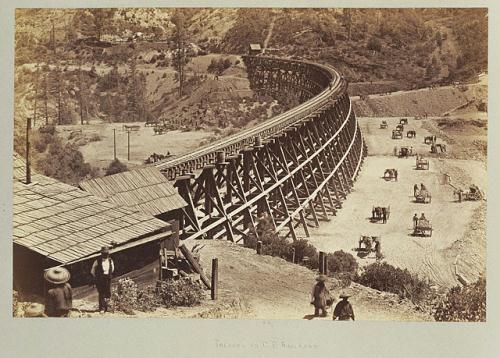 |
|
Trestle, Central Pacific Railroad, c.1869. Photo: Carleton Watkins |
The First Transcontinental Railroad (known originally as the "Pacific Railroad" and later as the "Overland Route") was a railroad line built in the United States of America between 1863 and 1869 by the Central Pacific Railroad of California and the Union Pacific Railroad that connected its statutory Eastern terminus at Council Bluffs, Iowa/Omaha, Nebrask(via Ogden, Utah, and Sacramento, California) with the Pacific Ocean at Oakland, California on the eastern shore of San Francisco Bay opposite San Francisco. By linking with the existing railway network of the Eastern United States, the road thus connected the Atlantic and Pacific coasts of the United States by rail for the first time. The line was popularly known as the Overland Route after the principal passenger rail service that operated over the length of the line through the end of 1962.
The construction and operation of the line was authorized by the Pacific Railroad Acts of 1862 and 1864 during the American Civil War. The Congress supported it with 30-year U.S. government bonds and extensive land grants of government-owned land. Completion of the railroad was the culmination of a decades-long movement to build such a line. It was one of the crowning achievements in the crossing of plains and high mountains westward by the Union Pacific and eastward by the Central Pacific. Opened for through traffic on May 10, 1869, with the driving of the "Last Spike" at Promontory Summit, Utah, the road established a mechanized transcontinental transportation network that revolutionized the population and economy of the American West.
The Pacific Railroad constituted one of the most significant and ambitious American technological feats of the 19th century following in the footsteps of the building of the Erie Canal in the 1820s and the crossing of the Isthmus of Panama by the Panama Railroad in 1855. It served as a vital link for trade, commerce and travel that joined the eastern and western halves of the late 19th-century United States. The transcontinental railroad slowly ended most of the far slower and more hazardous stagecoach lines and wagon trains that had preceded it. The railroads led to the decline of traffic on the Oregon and California Trail which had populated much of the west. They provided much faster, safer and cheaper (8 days and about $65 economy) transport east and west for people and goods across half a continent.
The railroads' sales of land-grant lots, and the transport provided for timber and crops, led to the rapid settling of the supposed "Great American Desert". The main workers on the Union Pacific were many Army veterans and Irish immigrants. Most of the engineers and supervisors were Army veterans who had learned their trade keeping the trains running during the American Civil War. The Central Pacific, facing a labor shortage in the West, relied on mostly Chinese immigrant laborers but about one tenth were Irish. They did prodigious work building the line over and through the Sierra Nevada mountains and across Nevada to the meeting in Utah.
The railroad was motivated in part to bind the eastern and western states of the United States together. The Central Pacific started work in 1863. Due to competition with the War for workers, rails, ties, railroad engines and supplies, the Union Pacific RR did not start construction until July 1865. Completion of the railroad substantially accelerated populating the West, while contributing to the decline of territory controlled by the Native Americans in these regions. In 1879, the Supreme Court of the United States formally established, in its decision regarding Union Pacific Railroad vs. United States (99 U.S. 402), the official "date of completion" of the Transcontinental Railroad as November 6, 1869.
The Central Pacific and the Southern Pacific Railroad combined operations in 1870 and formally merged in 1885. Union Pacific originally bought the Southern Pacific in 1901, but in 1913 was forced to divest it. In 1996 the Union Pacific acquired the Southern Pacific. Much of the original right-of-way is still in use today and owned by the Union Pacific.
Needing rapid communication, the companies built telegraph lines along the railroad rights of way as the track was laid. The linkage made these lines easier to protect and maintain than the original First Transcontinental Telegraph lines, which went over much of the original routes of the Mormon Trail and the Central Nevada Route through central Utah and Nevada. They soon superseded the earlier lines, which were mostly abandoned.









